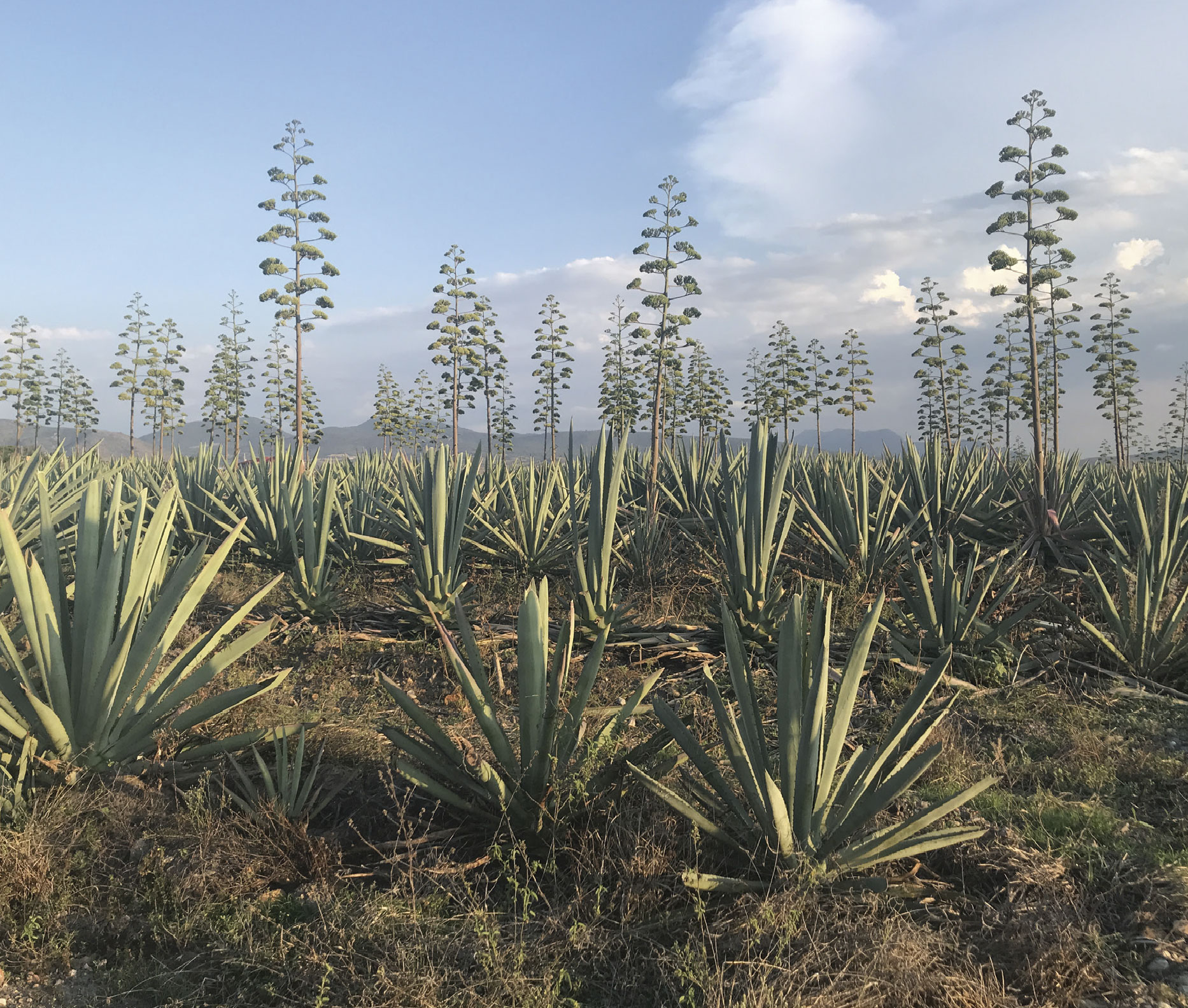
The dream field
RESCUING AGAVES
by Seed Propagation
This is the sexual form of reproduction and most recommended method since it’s the best way to strengthen genetic variability of agaves so they have better adaptability of their species in the future. Greater resistance to pests and diseases, likewise preserving ecosystems since many animals such as the bat, hummingbird and bees are main pollinators of this beautiful plant.
THE ORIGIN
Once the agave reach maturity a long stem grows and starts flowering until the flowers releases seeds. This happen only once in agave’s life time, when it turns to red-brown color and dry appearance, they are ready for colection. If the agave is destinated to become mezcal, it has to be castrated; the stem has to be removed before it grows otherwise its not able to produce enough sugar, one of the main reasons agave species are in danger of extinction.
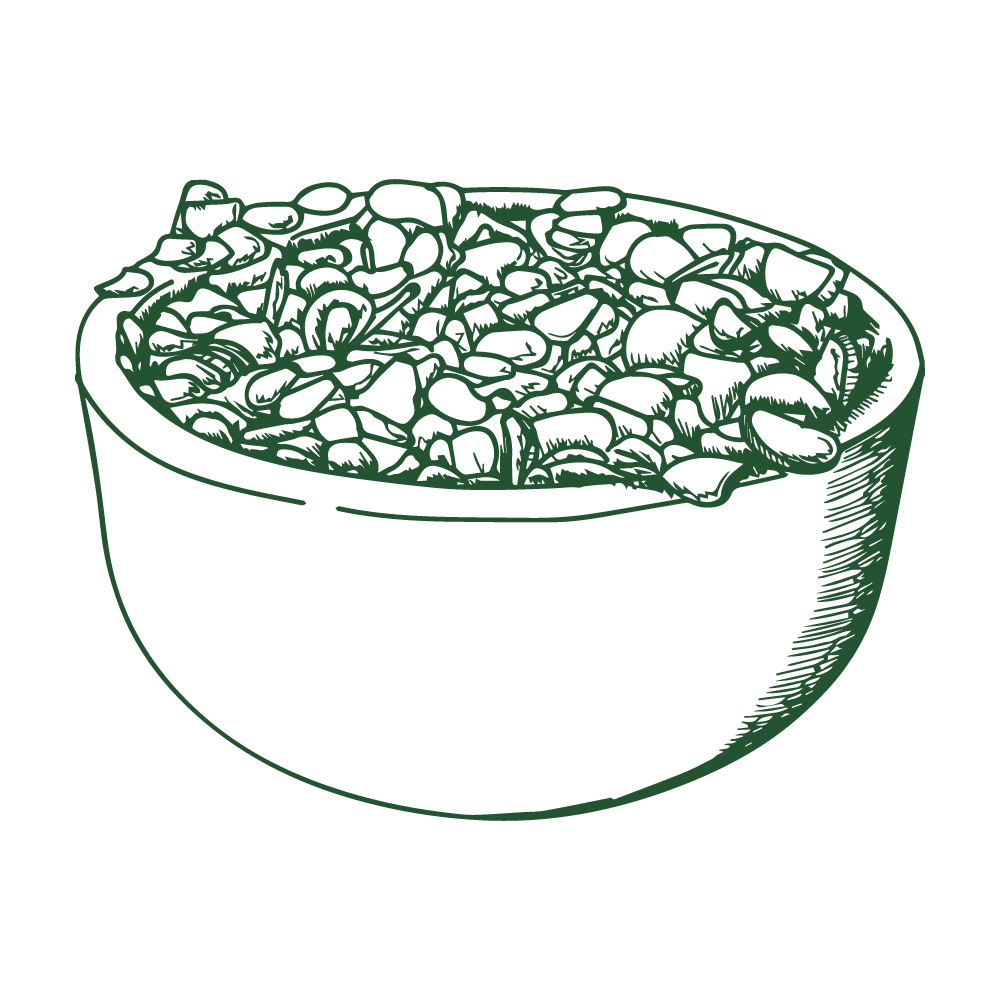
SELECTING THE SEEDS & SOIL PREPARATION
After collencting the seeds, it is important to separate the strong blacks from the light-browns. Then apply a pre-treatment for a better germination; soaking the seeds into water 24 to 48 hrs. So they achieve the right hydration, softening the outer layer to initiate germination. Then mis river sand with sphagnum peat moss to ensure moisture in the soil.
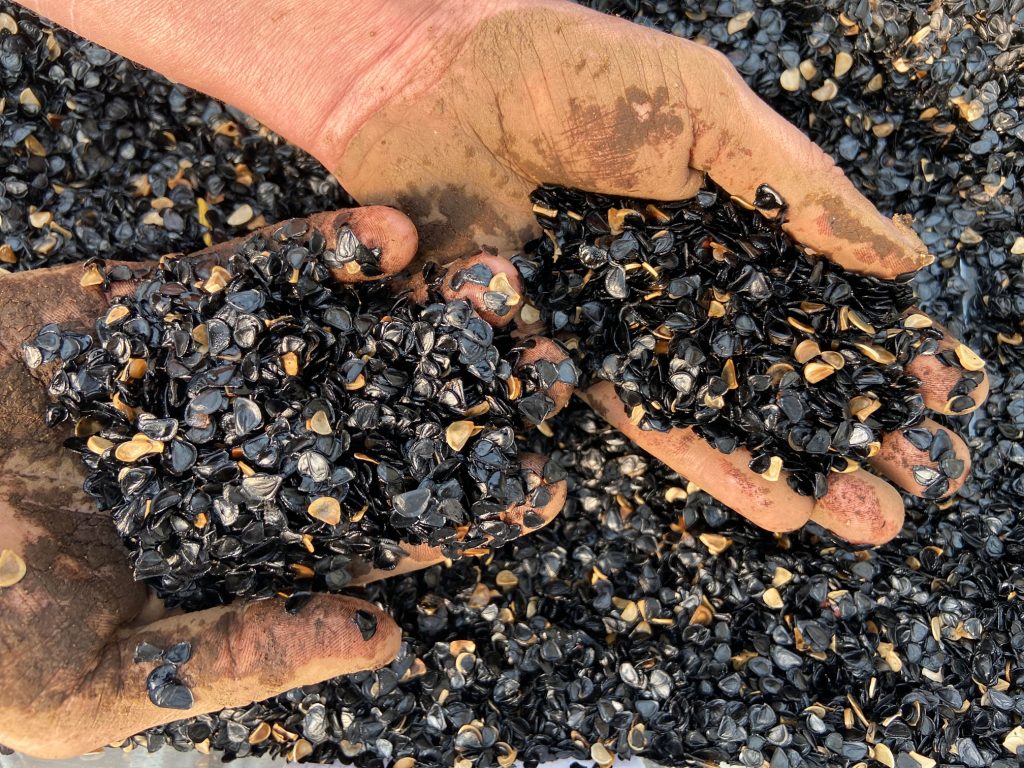
Tepeztate seeds
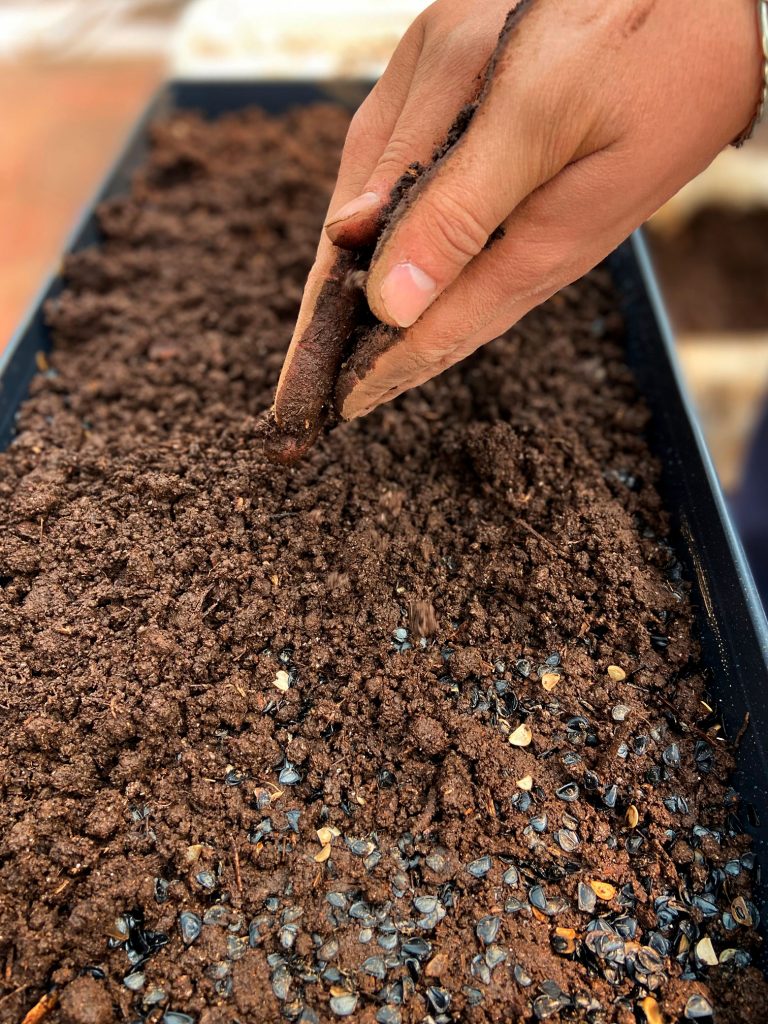
Preparing the mixture
Tepeztate seeds
Preparing the mixture
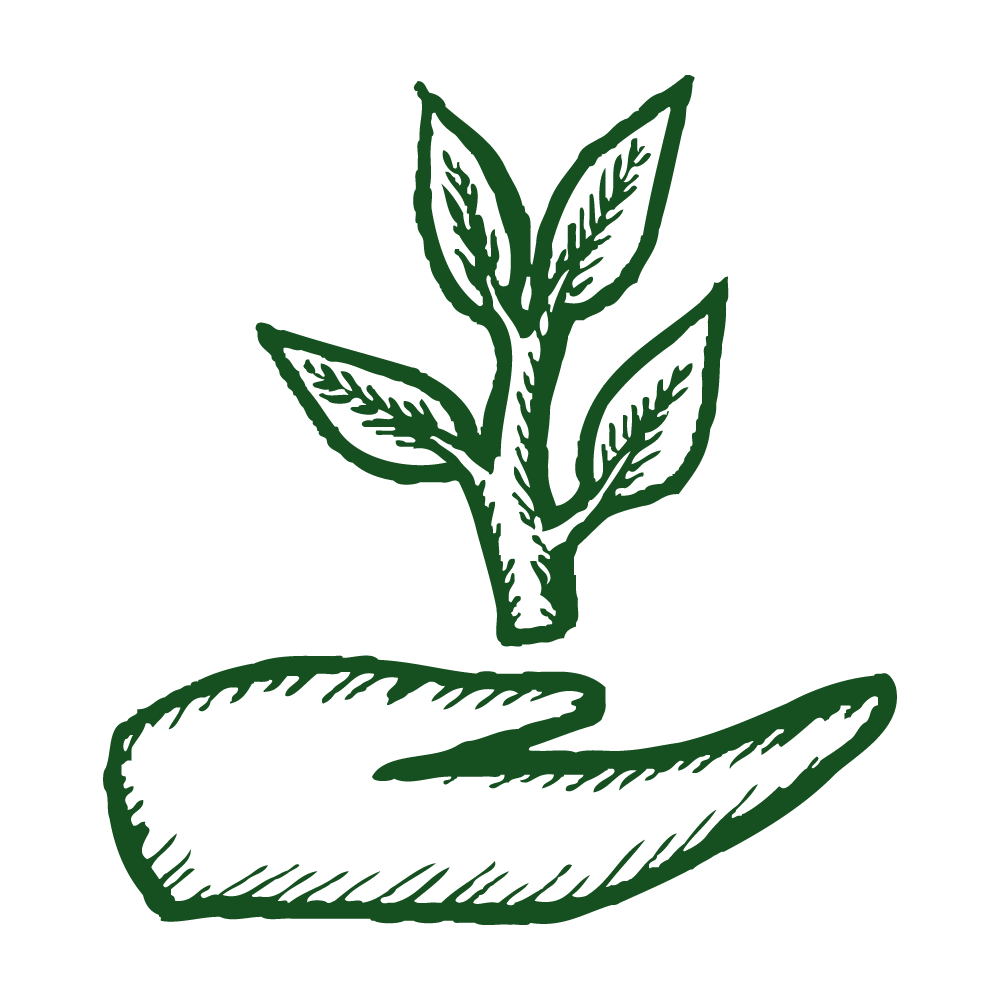
PLACING SEEDS
The seeds can be spread evenly on the bed’s surface, without staking them as it would increase the incidence of drowning. Then it’s covered with a very thin layer fo soft soil. After covering the seed, use coconut extract to create adequate humidity and temperature conditions. Also a net or a dome is recomended to protect the baby agave from rain or other foreign agent.
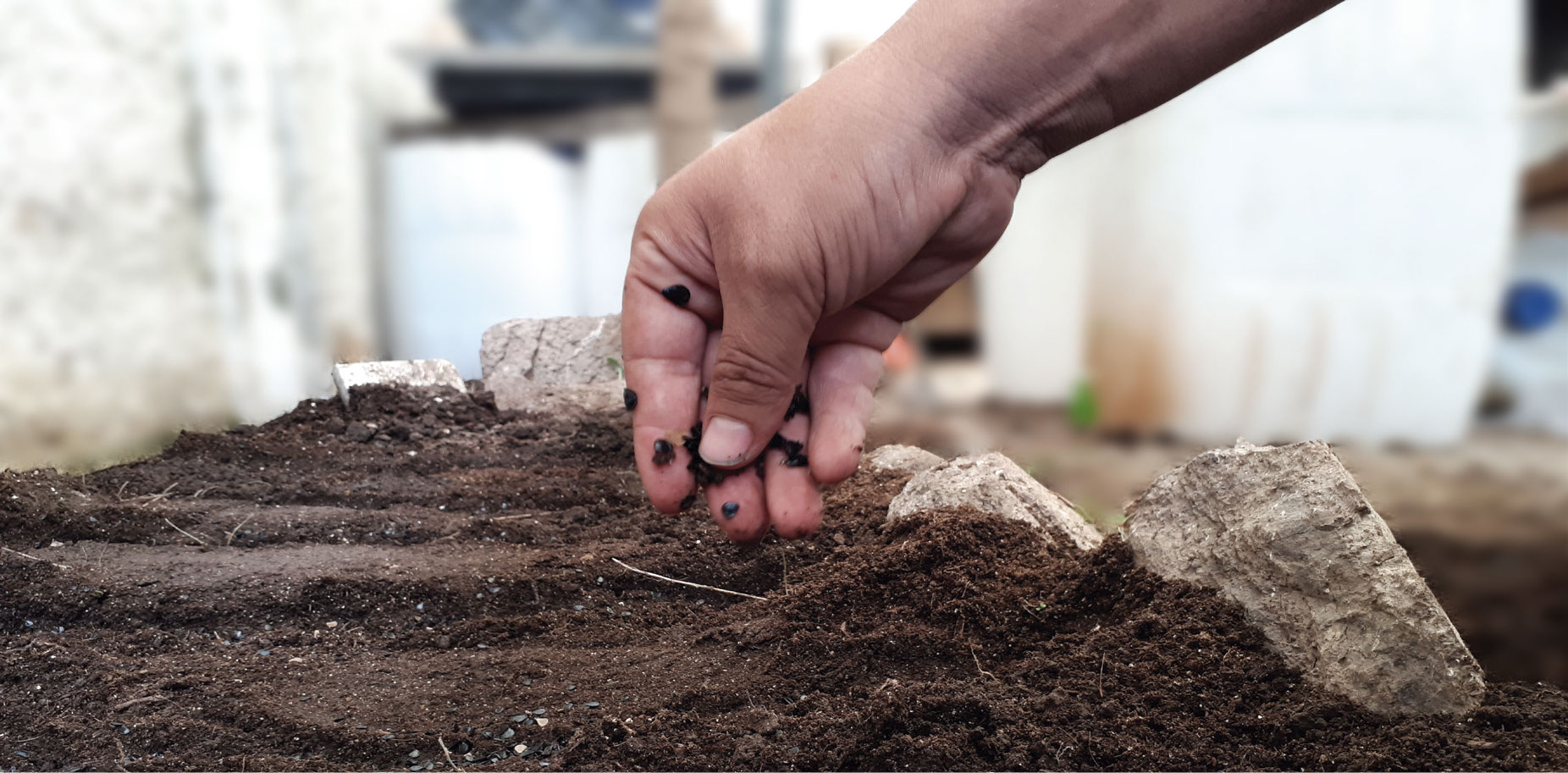
Jona placing seeds at Santa Sabia's work lab
Jona placing seeds at Santa Sabia's work lab
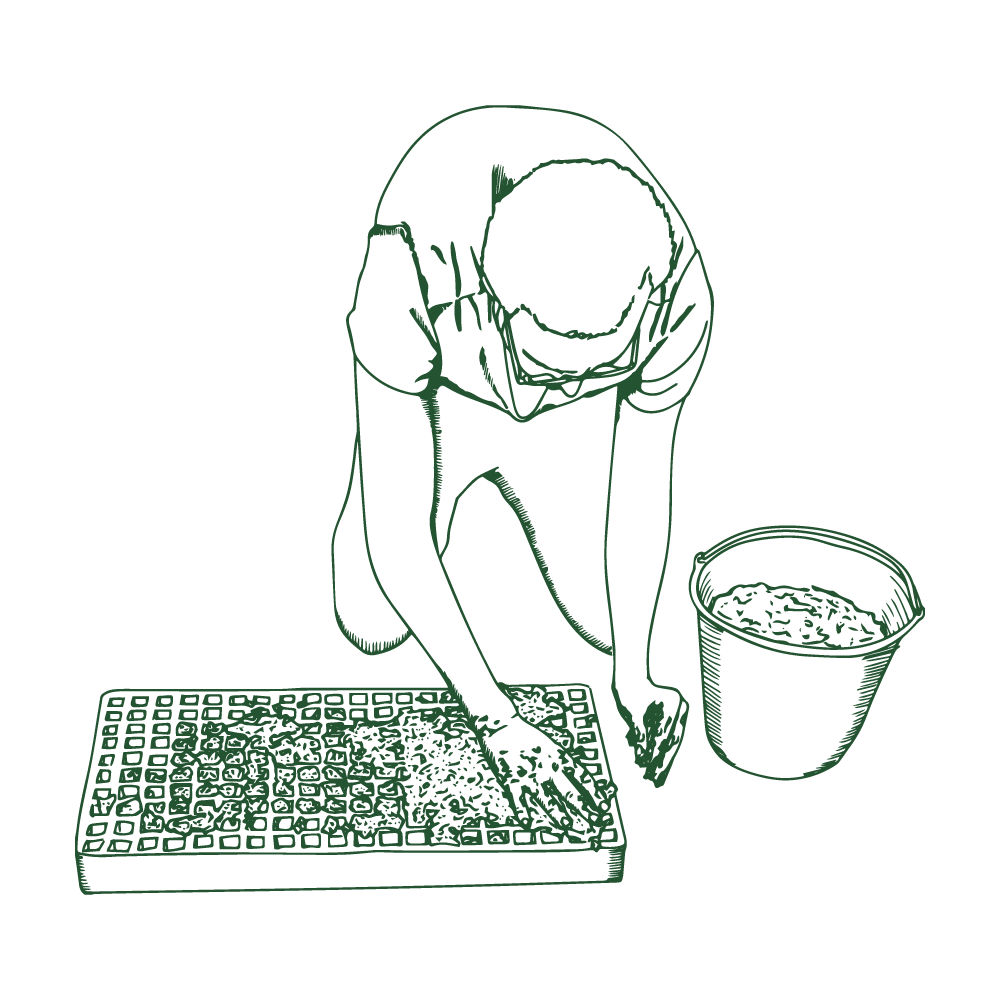
TRAYS GERM
Another cultivation technique is by germination trays, with the same soil mixture mentioned before. This method allows better humidity control.
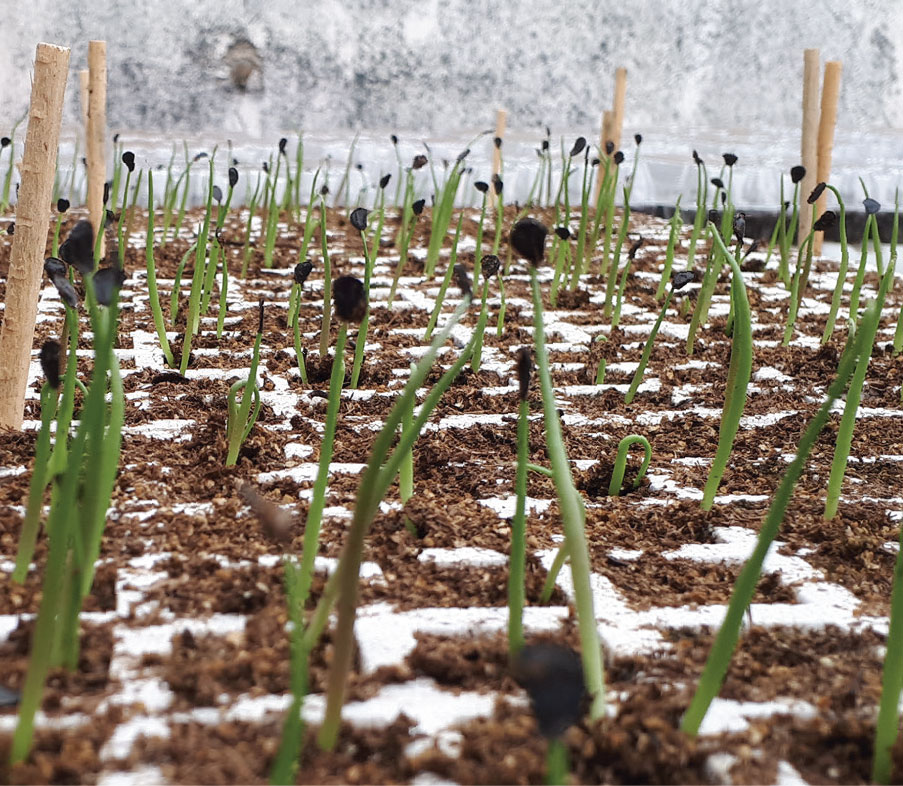
15 days Jabalí
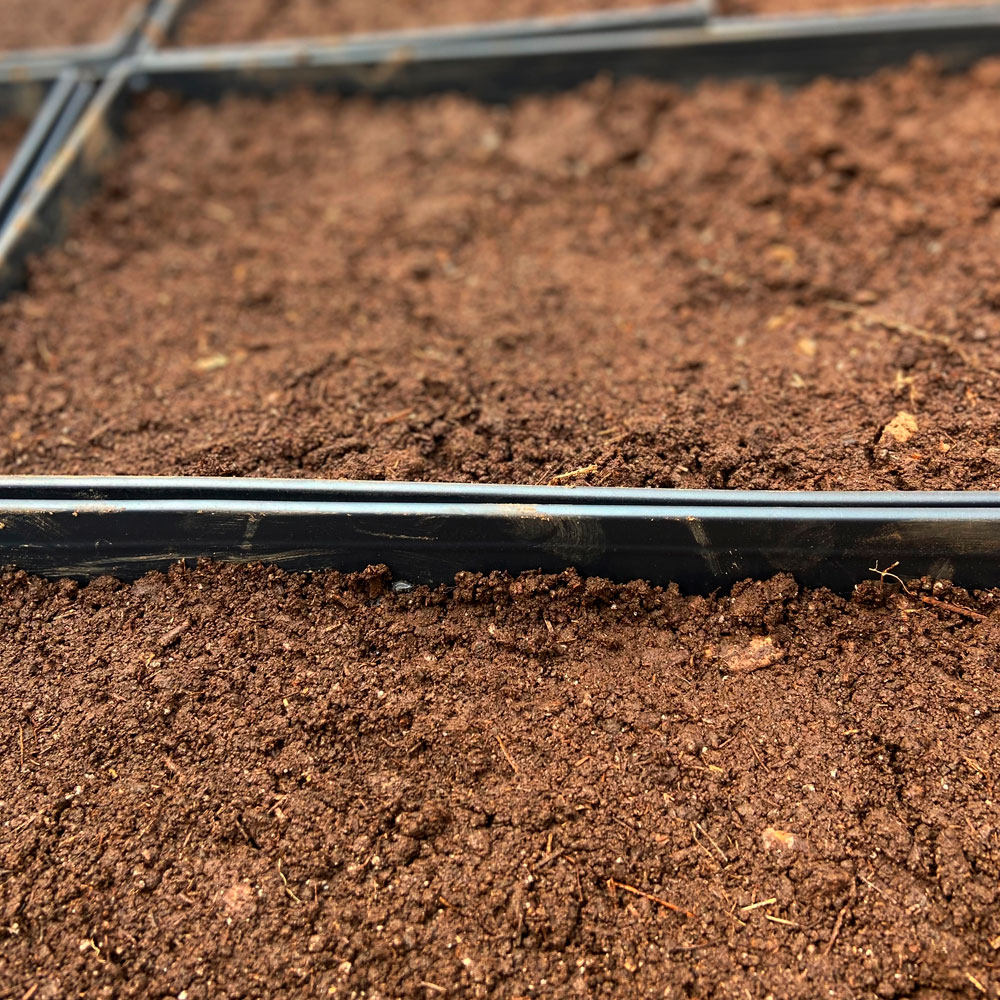
Trays Germs of Tepeztate
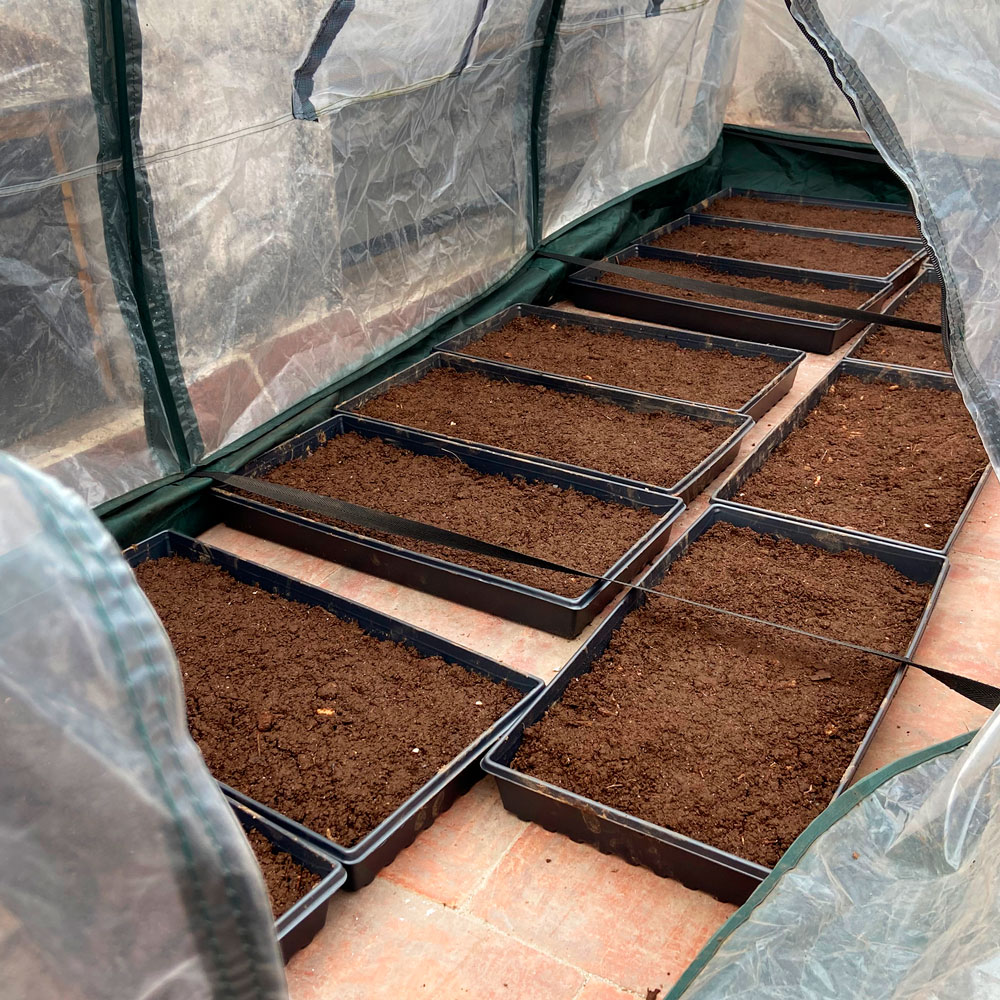
Trays Germs of Tobalá
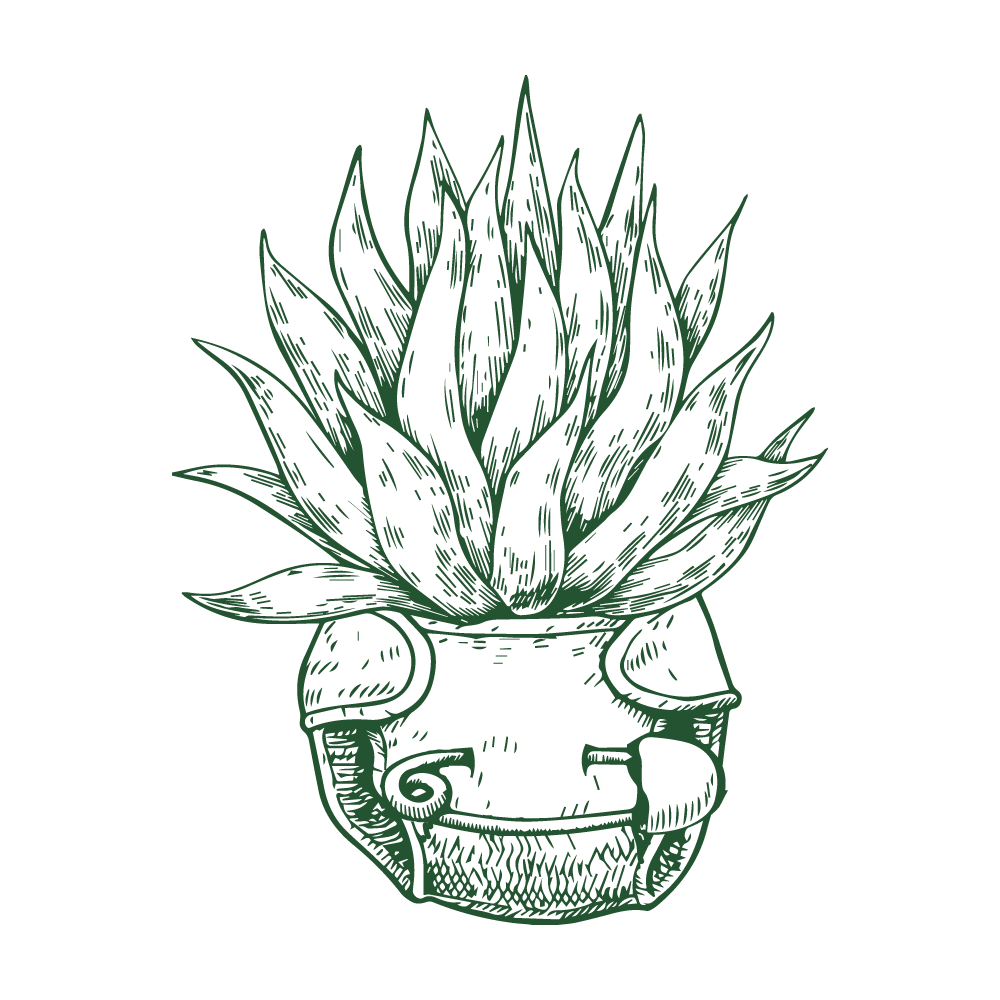
AGAVE NURSING
The agave has born, it’s time to provide necessary care in their first months so they can develop healthily, survive to heavy rains and direct solar radiation before letting them free. After germinating, it’s important to check that the temperature doesn’t exceed the 30 °C and controlate humidity, otherwise they will get sick with “damping off”.
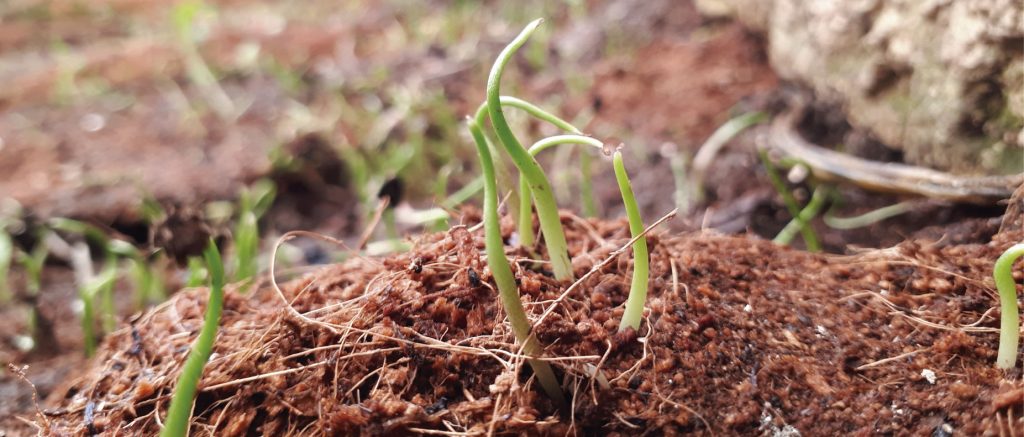
New born Tepeztate at Santa Sabia's work lab
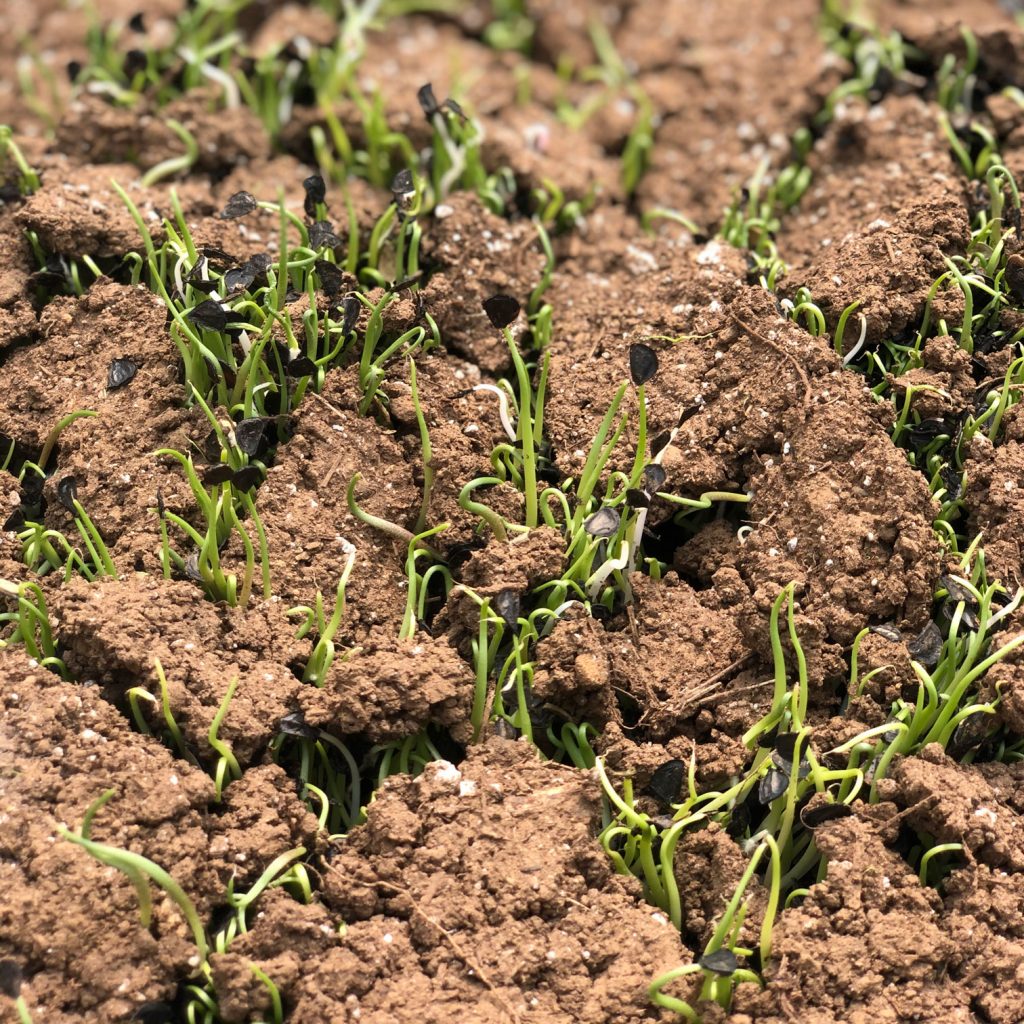
15 days Tepeztate
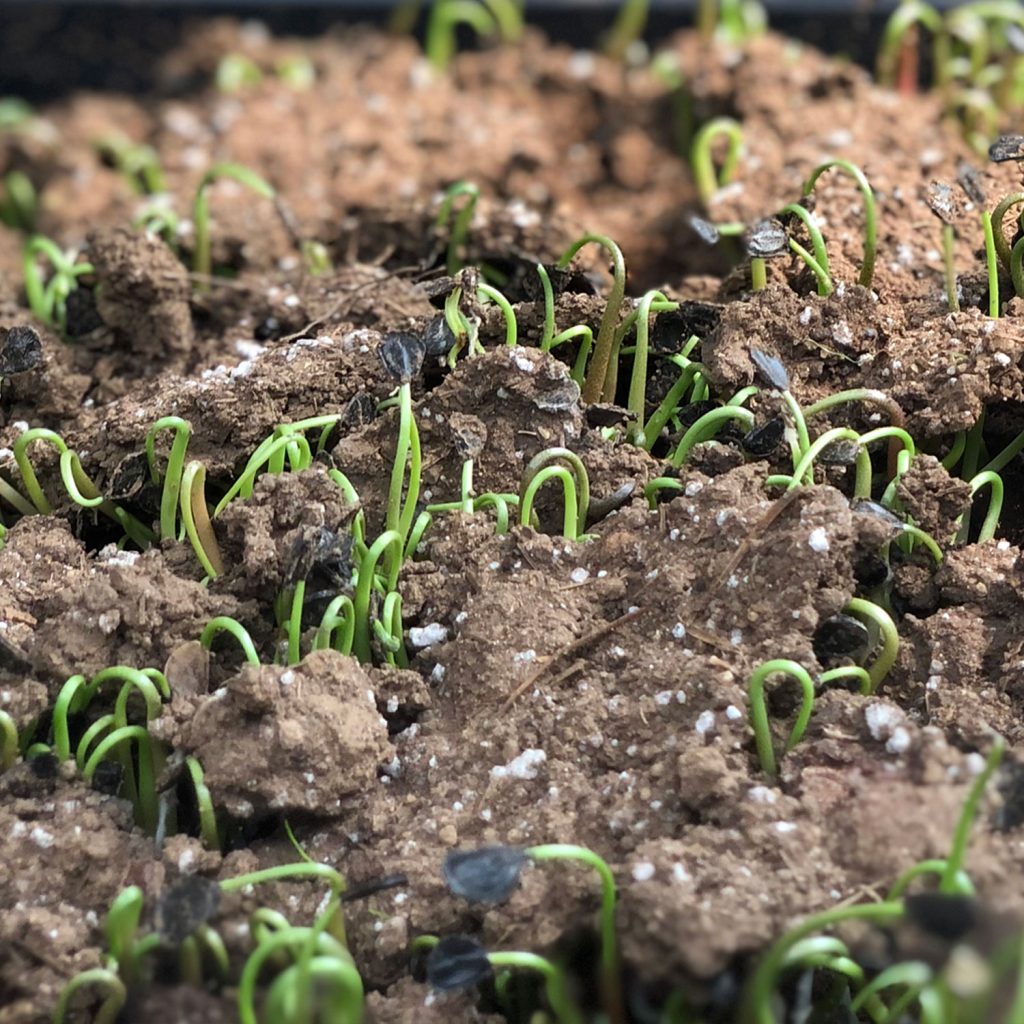
15 days Tobalá
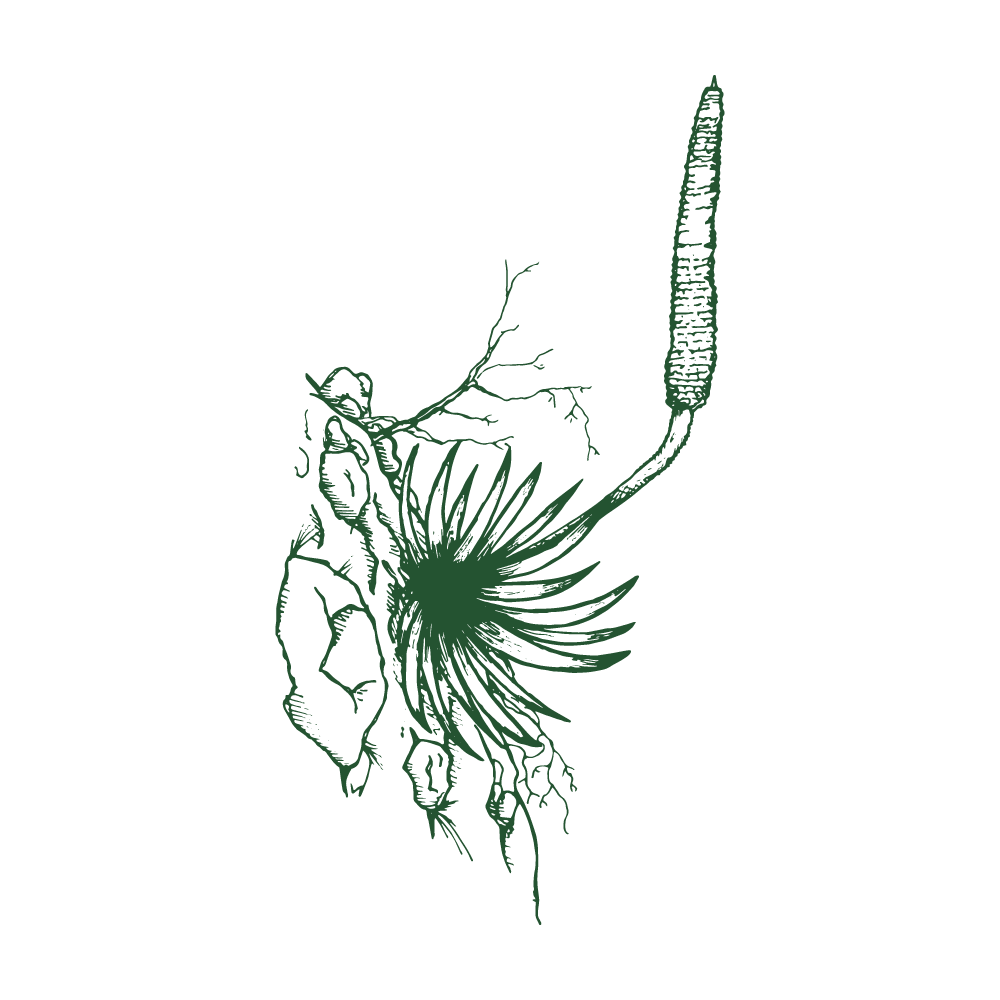
WILD HABITAT
Finally agaves are strong and mature enough to grow by they own and become natural survivors. 5% of the plantation must be left to raise their blossom so they can reproduce sexually allowing to be pollinated preserving a sustainable ecosystem. In consequence this will bring better adaptability of agave species saving their lineage. The importance of propagation by seed: each agave has a different genetic code, and since it’s birth it is exposed to different environmental influences. This leads to the development for different qualities that carry different chance for survival.
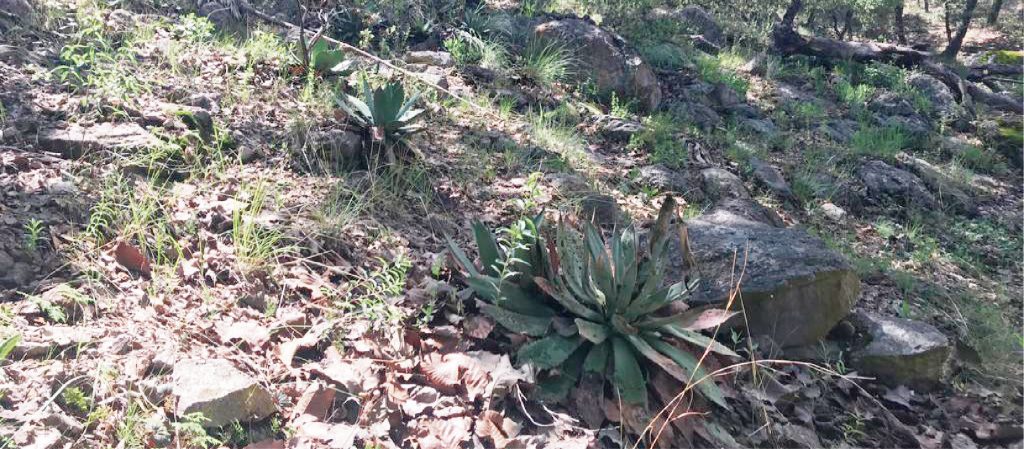
Wild Agaves in their natural environment
Santa Sabia’s goal is to reforest more than 120 acres fo wild agaves by seed propagation per year in diferent states of México
Source:
Abisaí J. García Mendoza. Los agaves de México. DF. Universidad Autónoma de México.
¹ Mezcal : From the Nahuatl toungue “Mexcalli” , ‘cooked maguey’, from metl ‘maguey’ and ixcalli ‘cooked’




